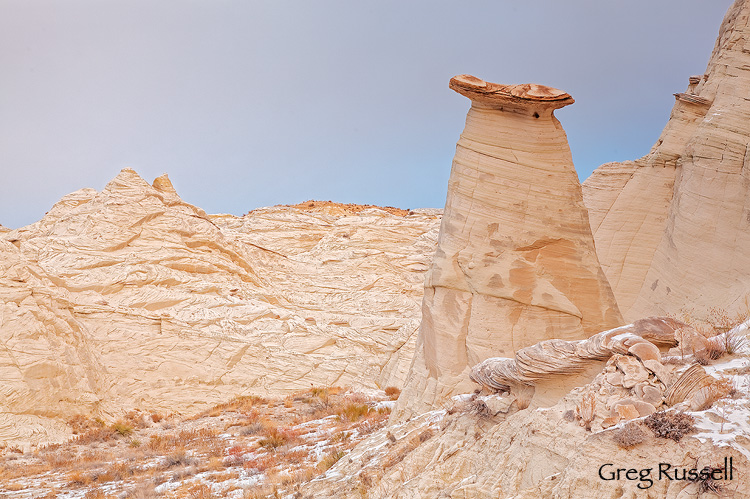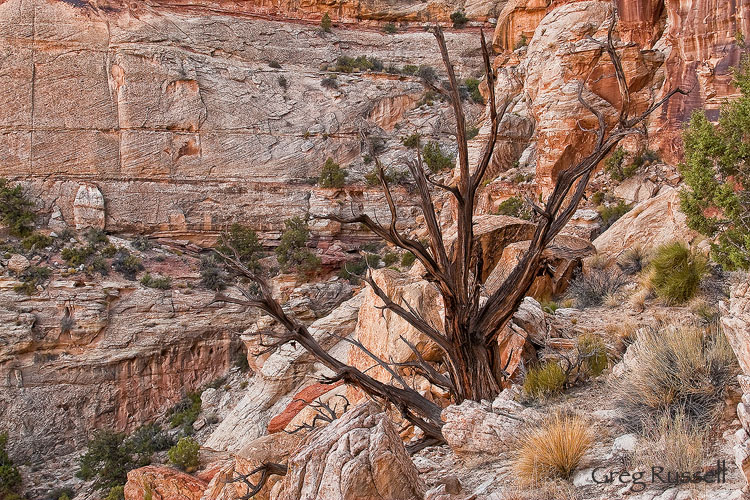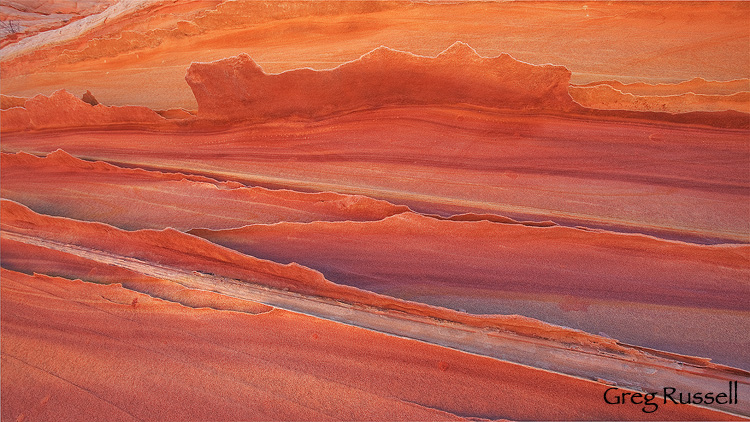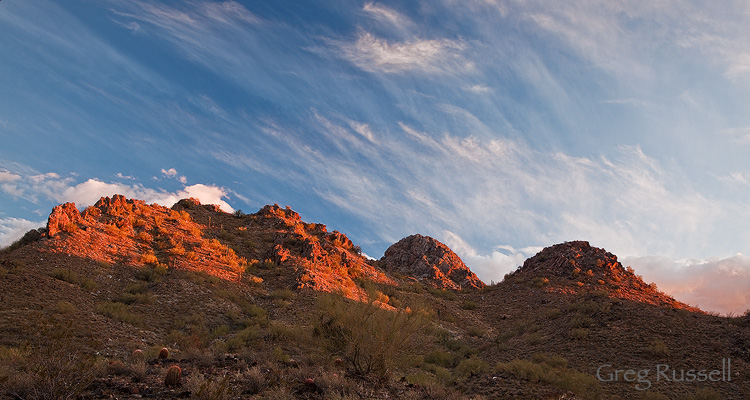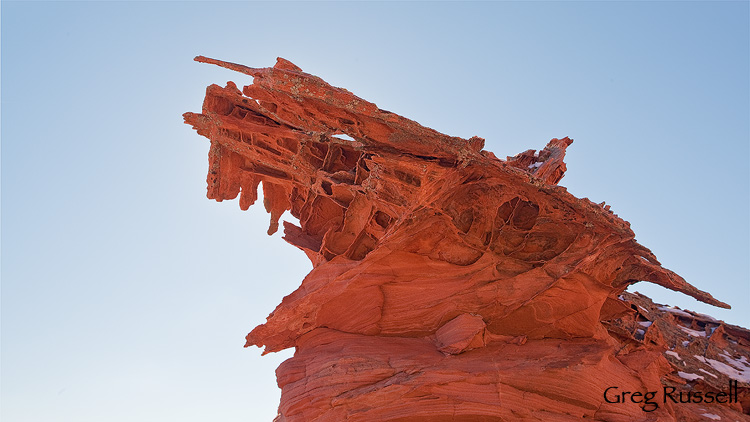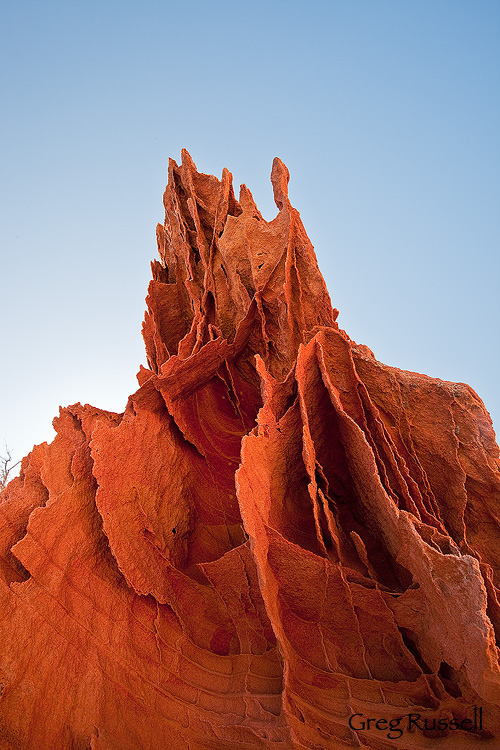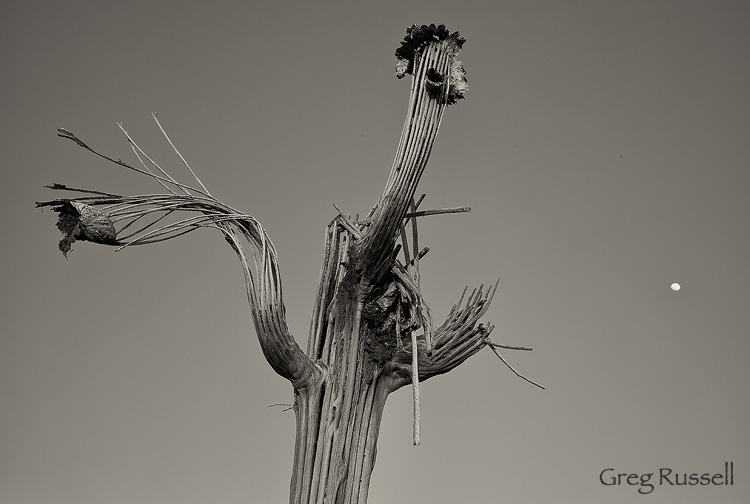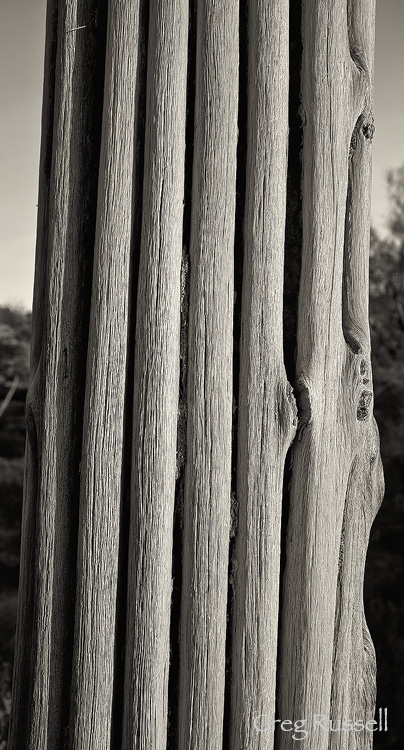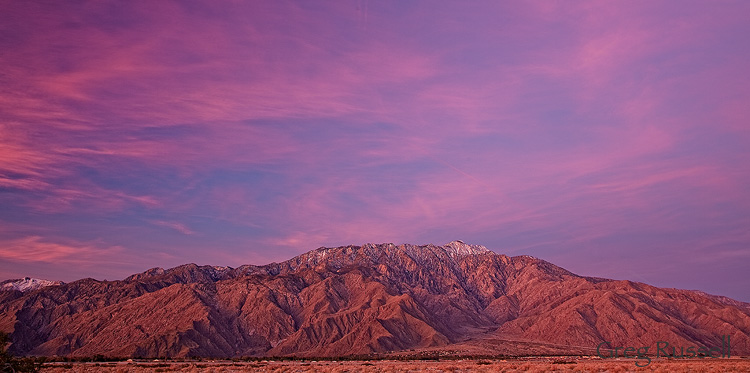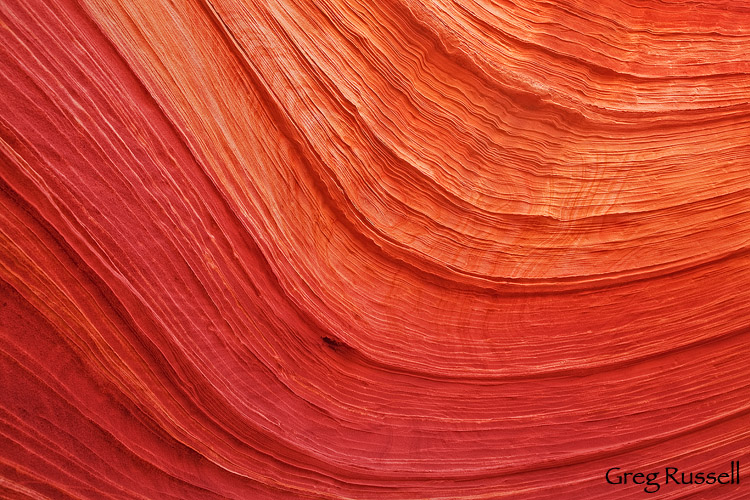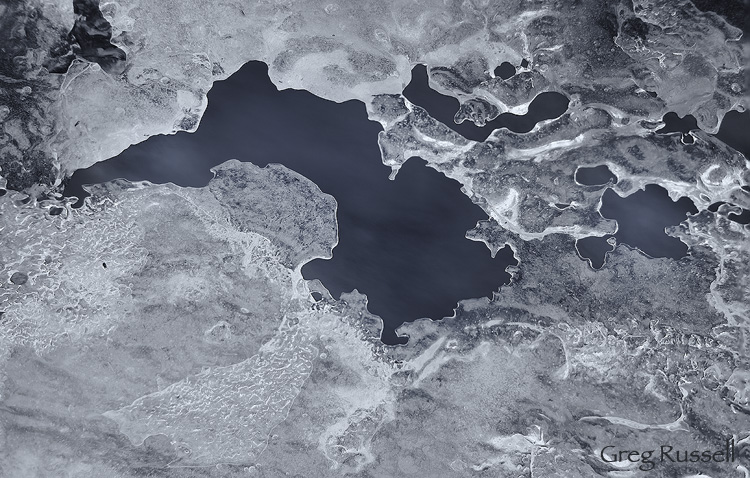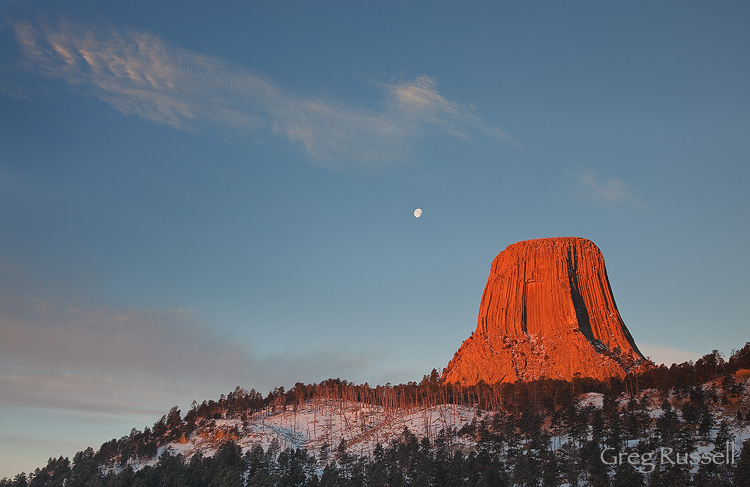How do you find your landscape photography locations? We’re in an age where many of us own at least one guidebook to an area; indeed, there are a lot of photography location guidebooks out there, and some of them are excellently written.
A few of you have heard my story about “Bob,” another photographer I met in Joshua Tree National Park one afternoon a couple of years ago. I was photographing some boulders late in the day, and Bob came up, asking if he could shoot around me. No problem. I watched him pull a few folded up sheets out of his pocket–they were images he’d printed off the internet of other photographers’ images from the area. He went through each one of them systematically, moving his tripod to exactly copy each photograph. I confirmed with him that this is what he was doing.
Contrast Bob with who I call the “Wanderer”. The Wanderer explores areas that may not necessarily be famous, but when done well, can come up with unique compositions and subtle beauty just about anywhere. Bob and the Wanderer are the two extremes of a continuum.
 Most of us, I think, lie somewhere along this continuum. Most people are constrained enough by time (i.e. other commitments in life) that they can’t always wander as much as they’d like. Personally, I do rely on guidebooks and word of mouth to help guide me to pretty locations, but once I’m in the area, I very often will wander, looking for unique compositions. Fortunately, most of these locations are really conducive to letting creativity flow.
Most of us, I think, lie somewhere along this continuum. Most people are constrained enough by time (i.e. other commitments in life) that they can’t always wander as much as they’d like. Personally, I do rely on guidebooks and word of mouth to help guide me to pretty locations, but once I’m in the area, I very often will wander, looking for unique compositions. Fortunately, most of these locations are really conducive to letting creativity flow.
Despite relying somewhat on guidebooks, sometimes serendipity can strike in really sly ways. In January, I followed vague directions to what is supposed to be a charming set of hoodoos in southern Utah. From the parking area (a cow pasture), the directions I had told me to “walk up the canyon for an additional mile to the hoodoos.” The problem is that there were two canyons. Which way to go?
It turns out I chose wrong, and the hoodoos were nowhere to be found, even after more than a mile of walking. I ended up at the head of a canyon that I would bet only ranchers and cows have been in for a very long time. However, I was able to find some badlands, and one hoodoo, and I ended up really loving this image–not a bad “consolation prize” at all.
I guess all of this is a roundabout way of saying that even though its okay to follow directions to beautiful places, don’t be afraid to wander up the wrong canyon now and then. You might just be delighted with what you find.

